The Great Wall, mainly lying in northern China, is a wonder mixed with the agricultural society of central China and the Northern nomadic civilization. Built from the Spring and Autumn Period (770-221 BC) to the Ming Dynasty (1368-1644 AD), the construction of the Great Wall has witnessed many successions of Chinese dynasties for more than 2,000 years.
In this long and storied history, not every emperor or state lord would build the wall. Different options of various dynasties reflected geopolitical considerations and wisdom. Qin Shi Huang (221-206 BC) joined the Walls together with great national power, and Emperor Taizu of Ming (1368-1644 AD) reconstructed the frontier with numerous labors. However, rulers of the Yuan and Qing dynasties even looked down on the construction of the Wall. The difference mirrored the variation of defense systems and state territory between states and dynasties.
Which Dynasty Built the Great Wall of China?
The Spring and Autumn and the Warring States Period (770-221 BC)
When talking about which Chinese dynasty built the Great Wall, Qin Shi Huang, First Emperor of Qin, would always be the first one to come to mind. But the prototype of the Great Wall can reach back to the Qi state, which was the earliest dynasty building the Great Wall, during the Spring and Autumn Period and the Warring States Period (770-221 BC). According to the Records of the Grand Historian, Qi Xuan Wang, one of the rulers of the Qi State, built the Great Wall along the mountain ridges. It started from Jizhou, in today’s Shandong, to the sea in the east, stretching over a thousand li (500 km) to defend against the Chu State.
The Chu State was the pioneer of the southern section of the Great Wall of China, which existed in the same period as the Qi State. They combined precipitous terrains with the passes and walls, according to the Book of Han.
The Qin Dynasty (221-206 BC)
After the Qin Dynasty appeared, six states were unified. The Great Wall of the previous three states, Qin, Zhao, and Yan, were systematically linked and extended, lasting over 10,000 li (5,000 km), which created the preliminary scale of the Great Wall of China, laying a foundation for the military defense function. Since then, Wan-Li Changcheng (Ten-Thousand-Li Great Wall) was born to prevent against the northern Xiongnu.
The Han Dynasty (202 BC-220 AD)
To provide protection for the Silk Road and continually prevent against Xiongnu, the Qin Great Wall was rebuilt and strengthened by the Han, and some new sections were added to fortify its defenses.
Northern Wei Dynasty (386-534 AD)
The Northern Wei Dynasty used bricks to construct the Great Wall of China to protect the territory from the invasion of Rouran, one of the northern nomadic tribes in China.
Northern Qi Dynasty (550-577 AD)
Owing to the great importance of the Great Wall, emperors in this period built more new sections massively, whose scale was only behind the Great Wall of both the Qin and Han two dynasties.
Sui Dynasty (581-618 AD)
The Sui Dynasty majorly contributed to the rebuilding of the Great Wall. Numerous workforce, like male soldiers, peasants, and rebels, were requisitioned for the construction.
Jin Dynasty (1115-1234 AD)
The Jin Great Wall, known as Jin Jiehao, was made of rammed earth and unique techniques, which combined the Wall with weather and geographical factors and was different from previous ones.
The Ming Dynasty (1368-1644 AD)
The Great Wall of China was rebuilt and extended in the Ming Dynasty on a large scale, whose length ranks only second to the Han Great Wall. The building process took over 200 years. The Ming was also considered as the last dynasty massively built the Wall. Most sections we can see and talk about today come from this dynasty.
The Qing Dynasty (1644-1912 AD)
The Qing dynasty barely built the Great Wall but rebuilt it, and spent over 40 years on the construction of the Willow Palisade, ditches made of willow. The Willow Palisade was located in Liaoning and Mongolia to prevent from Han people and Mongols’ invasion. The Great Wall gradually lost its military value during this period.
Which Dynasties are Most Famous for Constructing the Great Wall?
As one of the most representative dynasties to construct the Great Wall, the Qin Dynasty spent 9 years linking and expanding all the Walls, which were built by previous vassal states, Qin, Zhao, and Yan. The reconstruction and enlargement formed a defense system, which had a great impact on national defense and border governance for future generations. The ruins of the Qin Great Wall can be seen in Baotou and Jilin today, although not as popular as the Ming Great Wall.
The Ming Dynasty made the walls with blue bricks and rectangular stone, forming a more solid structure. 5,500 miles of fortified walls were built. More passes and beacons were built to create a comprehensive defense system. Today, the Great Wall is still bringing large numbers of tourists from around the world. Most well-preserved sections that comers can visit today, such as Badaling, Shanhaiguan, Yanmenguan, and Mutianyu, originate from the Ming Dynasty.
Why was the Great Wall of China Built?
As the building of the Great Wall of China has lasted for over 2,500 years, its functions have changed as well through history. It was built for various reasons during different historic periods.
Protecting the state from invasion from the northern tribes, Xiongnu, was the main point of the building. When the Qin Dynasty was unified, the forces of northern Xiongnu continually grew, posing a serious threat to the border of the Qin. Therefore, the First Emperor of Qin connected and strengthened the walls of three states to stop the Xiongnu from invading.
It was said that about 2,000,000 people were sent to build the Great Wall, which is nearly equivalent to 1 in 20 of the country’s population at that time. The construction of the Great Wall did cost a great number of workforce and material resources. But it was good for strengthening the centralization.
Misunderstandings and Legacy of the Great Wall
As the massive drain on manpower, it was said that millions of people died and were buried during the building of the Wall. A story, Meng Jiangnv Weeping Collapsed the Great Wall, was circulated among the country, telling that a man was requisitioned to build the Great Wall, while he died during the process. It was said that he was buried under the Wall. His wife was stricken with grief and kept weeping until the Wall collapsed. But there is no evidence to prove that there are dead bodies buried under the Great Wall, and there are no dead bodies being found near the Wall.
There are a lot of people still thinking that the Great Wall is an endless wall. As a matter of fact, the Great Wall was not continuous. Due to the terrains, purposes, and differences in actual conditions, many kinds of defense facilities, like walls, passes, and beacons formed the system. When it comes to some steep mountain slopes, deep valleys, or rivers, the Wall would not be built in these places. These natural barriers could form the defensive line. For example, in the mountainous areas of Hebei and Beijing, the Wall is not connected.
As a significant sign of Chinese culture, the Great Wall internationally possesses a high cultural identity. And it carries the great spiritual content, which is also the symbol of unity.
The Great Wall was listed as the First Batch of National Key Cultural Relics Protection Units by China’s State Council in 1961.
The Great Wall of China was put on the list of World Heritage List in 1987 by UNESCO’s World Heritage Committee, which reflected its historical and cultural value in architectural areas. The Wall was thought of as a great defense engineering work. This outstanding model has witnessed the changes in Chinese history over the centuries.
The Great Wall of China was chosen as the top of the New Seven Wonders of the World in 2007, winning the global vote. The Great Wall was in the limelight again to show its influence and popularity all over the world.
What was the Great Wall of China Made of?
As mentioned before, the Great Wall stretches across Chinese diverse terrains, therefore, the Wall was made of different materials to adapt to the environment. At first, earth and rock were the major materials to build the Great Wall. Some walls are made of loess in areas of northwest China with rich resources, like Gansu, and Ningxia. Moreover, red clay was used in some small Great Wall. Clay is stronger than the former, loess, in stickiness. Some Walls in South China were made of clay.
Stone would be used in sections near mountains, including rectangular stone and rubble. With the development of technology, blue bricks were gradually used in the building and became the most important building material, especially in the Ming. The wall made of blue bricks would be more solid and firm.
Some desert areas were lack of earth, stone, and bricks. People would use willows and reeds that came from local to construct the Wall. Willows and reeds played the role of reinforcing steel and enhanced strengthened the stability to protect against the blowing sand. For instance, the Han Great Wall was made of willows and rammed earth. And some sections of desert and grassland were made of willow as well.
Lime mortar with sticky rice pulp, composed of sticky rice, limestone, and sand, played an important role in linking all stone or bricks, and some important body parts of the Great Wall. This binder possessed strong stickiness and durability, which ensured the Great Wall’s stability. Besides, wood was also used to construct the passes, and towers as the framework.
Which Dynasties Didn't Build the Great Wall?
During the Spring and Autumn Period, several vassal states built side walls to defend the northern nomadic tribes, which laid a foundation for the Great Wall. The First Emperor of Qin unified the six states and ordered the connection and construction of the Great Wall. The Han expanded the Qin Great Wall, and some new walls were built in the Hexi Corridor. The Ming was the last climax of building the Great Wall.
The Sui did repair the Wall of Bei Qi. But its scale was far from the Qin and the Han Great Wall. Nearly all the dynasties in Chinese history had participated in the building of the Great Wall in addition to the Yuan Dynasty (1271-1368), whose territory and northern border was far more than the Wall.
The Ming was the last climax to build the Wall on a large scale. The Jinshanling Great Wall presided over by the famous general Qi (Qi Jiguang) was considered as the model of military engineers, which reflected the deep anxiety under the threats from the northern tribes.
However, there were three more dynasties, Tang (618-907 AD), Song (960-1279), and Qing (1644-1911) dynasties, not involved in the large construction like others.
The Tang showed a distinct shift of attitude towards the building of the Great Wall. Emperor Li Shimin of the Tang Dynasty adopted the policy of winning over ethnic minorities with kindness. He ordered the dismantlement of frontier defense. The confidence came from its powerful military force, and open foreign policy, such as marriage and crowning, which made the Great Wall lose its military value.
Why the Great Wall Was Not Built in the Tang, Song, and Qing Dynasty?
The Tang Dynasty (618-907 AD) had not massively built the Great Wall for nearly 290 years, which was closely related to military strategies, border policies, and geographical environment. In the beginning, the Tang got the upper hand in the war with minority ethnics. Opening up policy to minority people and the extent of the Tang territories turned the Wall into the line of communication. The enlightened policies stated that the northern tribes had the same treatment and rights as the people from the central plain.
In the Song Dynasty (960-1279 AD), they did not build the Great Wall. Due to weak military strength, it lost northern territories. The Wall was located far away from the northern border of the Song. The ruler of the Song ordered to building of the Water Great Wall, drawing water from the rivers along the boundary, which aimed to provide protection from invasion from the northern tribes, and also was good for irrigation.
Both the Yuan and the Qing dynasties took a different attitude from other dynasties. During the Yuan Dynasty (1271-1368 AD), Kublai Khan, had ever said what’s the use of the Great Wall to me? And it was also because the Great Wall was within the territory of the Yuan Dynasty. The Emperor Kangxi (1662-1722 AD) announced that they would not just rely on the natural barriers. On one hand, they brought Tibet through religious approaches. On the other hand, as the original nomadic tribes, there was no power backward that could threaten them.
And another reason for not building the Great Wall was its function had changed. In the period of Melee weapons, the military value of the Wall was indispensable. It not only stopped cavaliers from assaulting but also delivered military messages. The beacon system made the information spread thousands of miles in a day. According to the historical records from the Han Dynasty, the Great Wall possessed a complete warning system, which was thousands of years ahead of European countries.
As the era of the thermal weapons came, its military function diminished. During the reign of Emperor Kangxi in the Qing Dynasty, the artillery could easily destroy the Wall. However, its symbolic meaning had been politically raised. The Siku Quanshu written during the reign of Emperor Qian Long (1736-1796 AD) included the Great Wall in the Geographical Advantages and Strategic Landscapes.
Which Emperors Looked Down On the Great Wall?
Both Emperor Taizong of the Tang Dynasty (595-649) and Emperor Kangxi of the Qing Dynasty (1662-1722 AD) historically depreciated the value of the Great Wall. From their point of view, improving policies of conciliation towards the northern tribes was the most effective way to guarantee peace and stability. The construction of the Wall would cost too much spending and workforce, which may cause turbulence like the Sui Dynasty, which only lasted about 37 years. Besides, the Wall did not stop attacks from the Mongols, which also reflected that it was not as strong enough as before.
During the reign of Emperor Taizong (Li Shimin) and Emperor Xuanzong of Tang (Li Longji), the Great Wall was seen as the Traces of a Declining Era, which was just turned into the human landscape. They replaced the Wall with the surrendered tribes of the Turks. In the Yuan Dynasty, its military purpose was functionally useless. Some sections of the Wall had been blown off to build the palace. During the Qing Dynasty, the Wall was even thought of as a sign of isolating the country. The Emperor Kangxi of Qing put a ban on building the Great Wall.

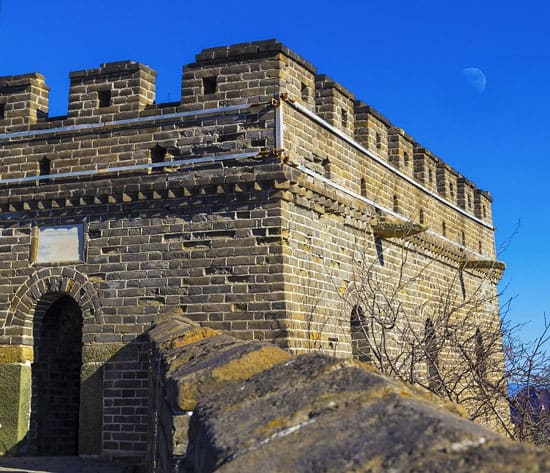
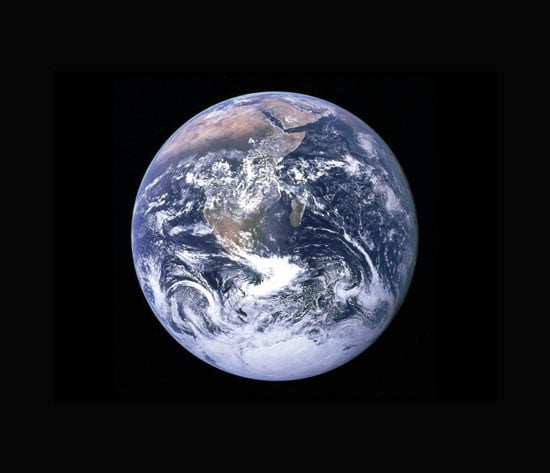
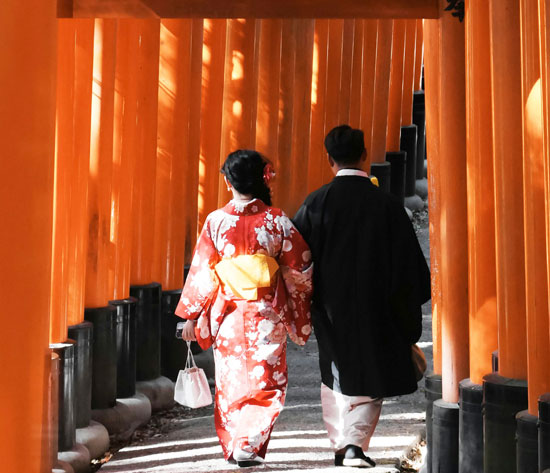
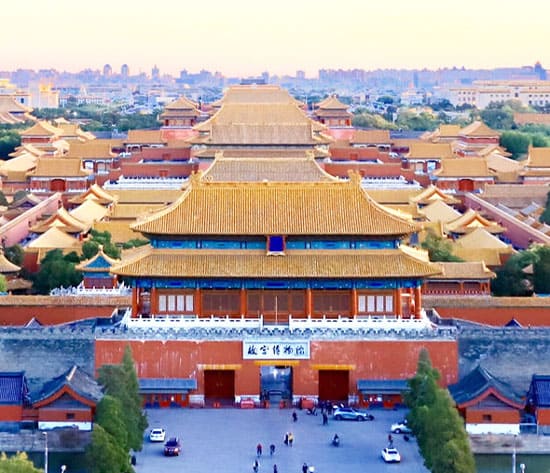

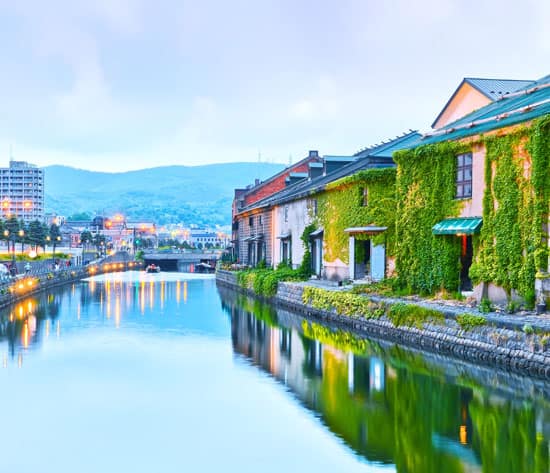
Have a Question?
You might see your comment appear on this page, but your email address and full name will not be published. Your personal information will remain confidential. Our Asia travel experts will get back to you as soon as possible. Required fields are marked *